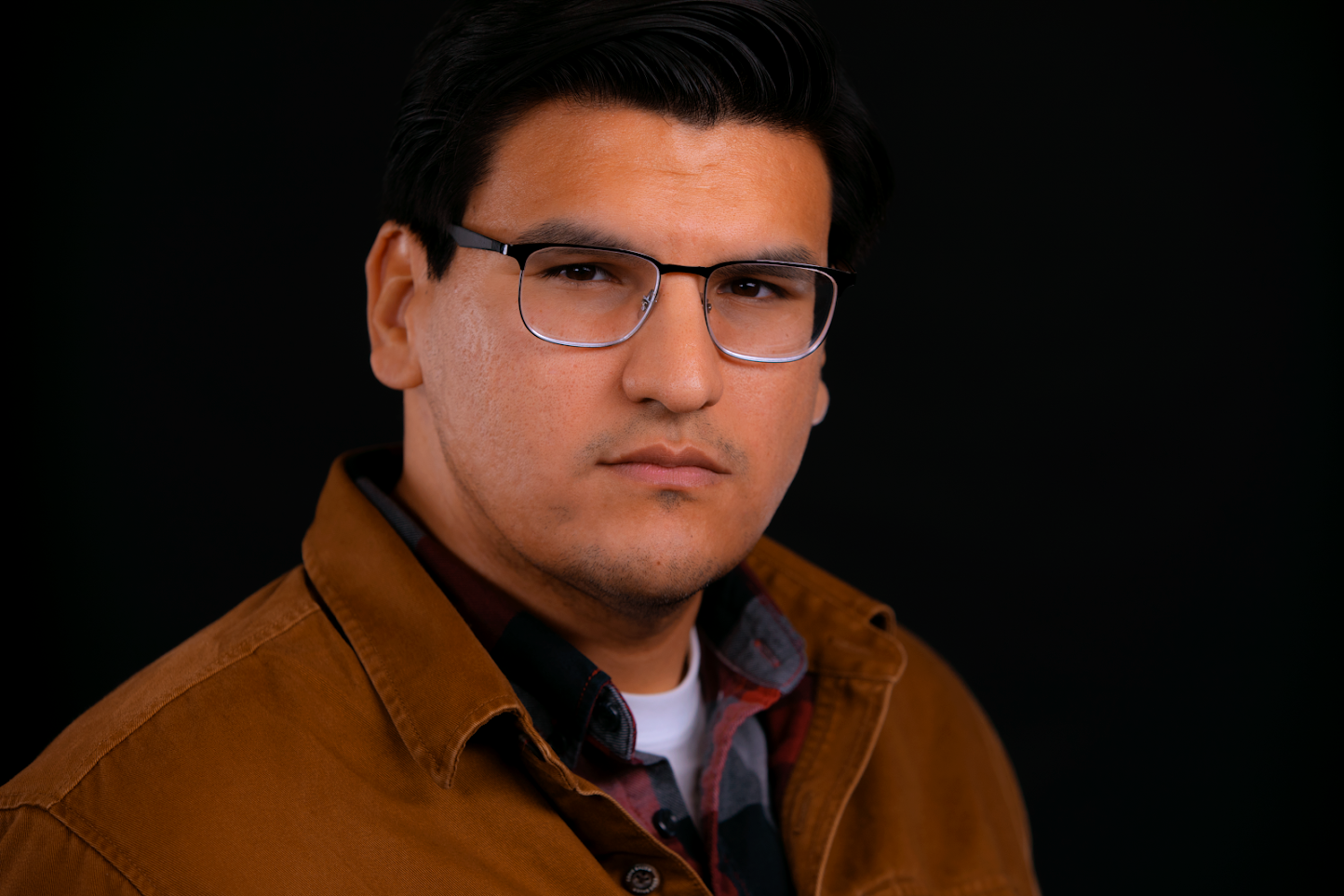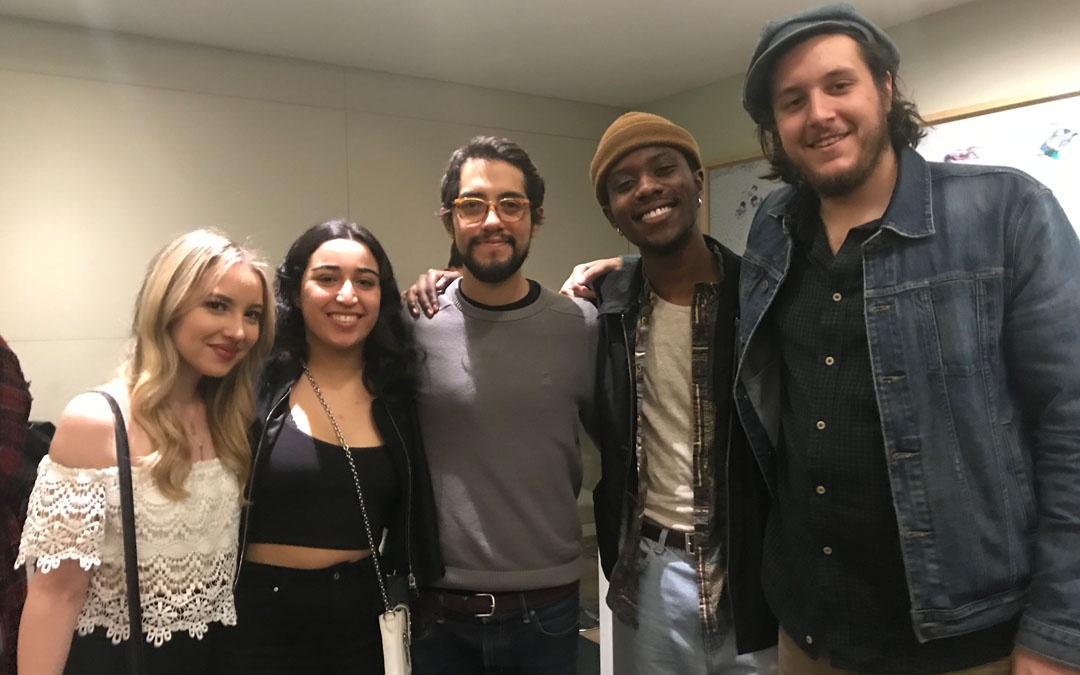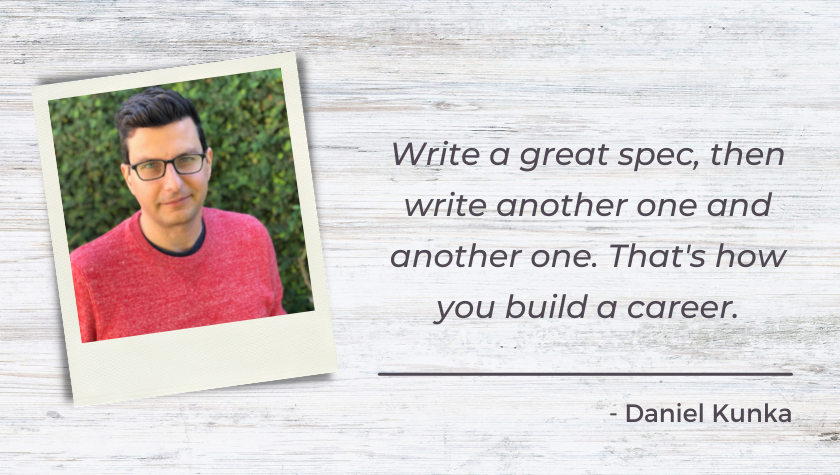Set Free: Bromont Program Helps the Formerly Incarcerated Tell Their Stories
May 15, 2019
Mylrell Miner was 15 years old when he was first incarcerated, altogether spending 10 years of his life in prison.
“As a young person, I remember looking for inspiration and ways to change my life, but I didn’t know how. So, I turned to TV and film,” he says.
“Soon I learned that people like me — African-American, young and from a certain kind of neighborhood — were always vilified in films. So, I realized I had to write my own kind of hero.”
Writing heroes for the screen with similarities to himself set Miner on the path to founding The Bromont Program. It began in juvenile detention, where he taught himself to read and write, eventually going on to write countless screenplays and winning a national screenwriting contest before being released from prison. When Miner was released, he wanted to share his story with the masses, but didn’t know where to begin.
“I realized there were so many obstacles in terms of getting your voice heard in the film industry and I didn’t have the right background,” he says. “When you are released from prison, there are a lot of things stacked against you. You don’t have a film industry education. There are bills to pay. You have a big gap of time in your resume.”
Miner says he was “blessed with certain opportunities,” including one through an organization called For Good, which helped him get on his feet. From there, he was able to learn the fundamentals of screenwriting and intern at Sony and HBO. He also learned editing with Academy Award®-nominated editor Matthew Cooke as his mentor.
While he acknowledges he had the “right people” to help him along his filmmaking journey, Miner knows that isn’t the case for most people who leave the prison system to re-enter civilian life.
“There are a number of organizations that can help us enter the production side of the industry, but it’s rare to find those that nurture the creative side as well,” he notes. Miner found that a great number of people inside prison use writing as a way to heal, and many more are artists as well.
“Many of us who are serving time will spend a large part of our day writing. This is what heals us; we use storytelling as a catalyst for change,” he reflects. This is what led Miner to create The Bromont Program.
“I wanted to create a program that provides basic needs, while teaching necessary life skills, but also gives the space to be creative and write so that members don’t have to let their creative dreams die,” he states.
What initially started as a grassroots operation, which included writing classes, workshops, and small film projects, is now transforming into a not-for-profit organization that provides a two-year film fellowship for the formerly incarcerated. The program provides housing, education and mentorship from people in the film industry, as well as real work experience.
“For people who come from my background, who are pursuing a creative career — like the craft of screenwriting, for example — there is understandably a lack of knowledge… which is why we will also facilitate hands-on training, provide members with on-set experience, and try to give them access to writers’ rooms.”
The first year is an intensive writing program in which fellows take writing courses two to three times per week, while also taking part in a creative internship. At the end of the year, fellows partake in a showcase of their work to which industry people are invited. During the second year, fellows have job placements and “they’re looked after to ensure they are transitioning well,” Miner adds.
Some fellows work as production assistants, some work in editing. Recently, they’ve maintained enough momentum to secure creative jobs for members, too. Zach Woods from Silicon Valley has joined as a board member and, according to Miner, has been instrumental in connecting fellows with opportunities.
The basis of the program is simple: Try to get individuals to believe in themselves and their stories.
“I think there are two types of healing. The healing that comes from the process of filmmaking, and the healing that comes from sharing your own story, so you know you’re not alone,” Miner reflects.
“When I picture a young kid growing up under circumstances similar to mine, and struggling through the same kind of things, I want to be able to show them something they can relate to, so they know that their current circumstance isn’t the end. So they have hope.”
Miner shared one of the program’s recent success stories. The individual was a gang member who spent 12 years in prison before Miner worked with him to find his voice again. With the help of another mentor, the individual was trained as a grip, is now in the union, and currently acting in his first feature film.
“A lot of people like this individual have dreams of being on screen, but life puts them on a different path and they become hardened by the streets,” Miner says. According to him, a program like Bromont is “a great way to cope with the anxiety of coming home from prison.”
“You have an outlet to express yourself. That’s all we want to create — we want to have an environment where you can be creative to help heal. It’s also comforting to know that you can be heard and that your story matters.” Miner continues, “Watching someone who once identified as a gang member grow into someone who identifies as a grip and as an actor and as a writer has been an amazing experience.”
Miner’s goals for the program include implementing it both in and outside of prison. “I envision members being able to start the program for a year before they get out of prison, so they have a year to write their stories, and then they can be released into a safe housing environment where we can begin work on filming those stories,” he says.
Miner would also like to spread his program to juvenile halls and youth camps. Mostly, he just wants to create films that make a difference.
“Whenever I’m writing, I know I’m writing for the little boy inside of me, so I want as many youths as possible to see that story,” he says. “I want to give a voice to people who don’t have representation. If we’re going to be portrayed in media, I want us to have the opportunity to use our voices within that portrayal.”
As for support, Miner says he could use financial help to spread the program to as many youths as possible. He’s also keen to work with anyone in the industry who wants to mentor an emerging voice.
“I would love for organizations that want to break down diversity barriers and be more inclusive to reach out to us. We hope to connect with organizations that are passionate about getting new voices out there, and those interested in guiding and mentoring people who are coming home, so that they are able to find and share their creative voice.”
Written by: Brianne Hogan
Brianne Hogan is a freelance writer currently based in Prince Edward Island. A film studies graduate from NYU, her byline's been featured in Creative Screenwriting, ScreenCraft, The Huffington Post, among others. "Jurassic Park" is unashamedly her favorite movie (at this moment). You can follow Brianne on Twitter via @briannehogan



